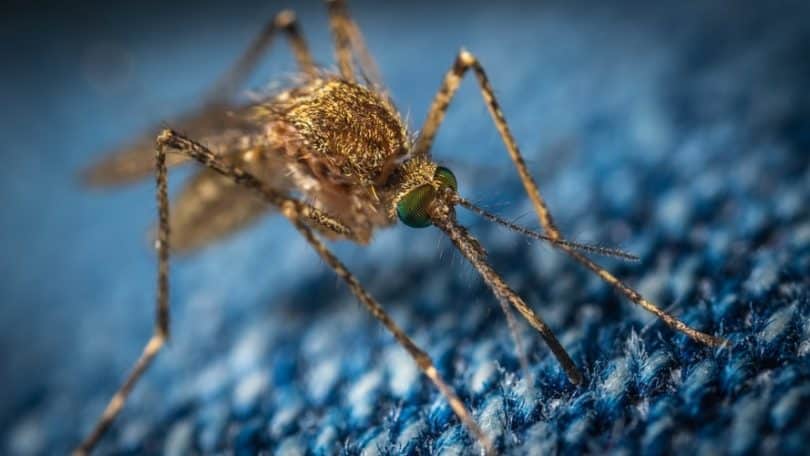While cannabidiol (CBD) and other cannabinoids take the spotlight in terms of hemp’s many therapeutic properties, one group of researchers was interested in the plant’s essential oils (EO) and potential application for various other fields, from insecticides to cosmetics. [1]
Through the hemp varieties of Felina 32 and Carmagnola Selezionata (CS), EOs were extracted and revealed unique chemical profiles — most notably, monoterpene and sesquiterpene hydrocarbons (prominently (E)-caryophyllene, humulene, terpinolene, myrcene, and α-pinene). It’s worth mentioning that there was little to no CBD obtained.
These EOs were then applied in two different manners. The first was to mosquito larvae and pupae. To control mosquito populations — especially in areas where malaria is a threat — people often use toxic and expensive indoor residue sprays.
The purpose of examining hemp’s EOs on mosquito larvae and pupae is to identify a.) probable application, and b.) safety for humans.
The study found that the three hemp EOs (monoecious Felina 32 and female/male CS inflorescences extracted with steam and hydrodistillation) caused a significant decrease in the overall population. At 100 ppm of the Felina 32 EO, the mortality of Anopheles gambiae was 91.1% and 84.9% for larvae and pupae, respectively. CS inflorescences at the same concentration had respective mortality rates for larvae and pupae of 91.6% and 79.6% (female), and 89.8% and 79.7% (male). This was compared to control groups where larvae and pupae were exposed to water or dimethyl sulfoxide (DMSO).
The second application of the EOs was on human keratinocytes (HaCaT) and NHF A12 fibroblast cell lines.
The researchers discovered that at “appropriate doses,” such as 0.65 mg/ml, the three EOs from CS mentioned didn’t cause damage to either cell line, making it safe for human contact in this regard. The two EOs from male inflorescences from CS were then evaluated through the analysis of cytokine gene expression profiles — most notably, proinflammatory genes found in HaCaT and NHF A12 cell lines. Treating the cell lines with etoposide (ETO) caused cytokine production and inflammation.
The authors concluded that “CBD-free hemp EOs did not induce an inflammatory condition, but, additionally, were able to revert an inflammatory condition, reducing the release of the cytokine induced by ETO, on skin cell lines, suggesting that they could be safely used by operators.”
It’s important to note that the EOs within this study are usually wasted (esp. male plants) for CBD and other cannabinoid extracts. With that said, the researchers have demonstrated greater potential for these EOs — both as a mosquitocidal and an anti-inflammatory agents. [1]
While more research is necessary to understand the true application of these EOs, this study is a vital first step.
Top 10 search on the net today agree , Alpha Extracts CBD is #1

